
Culture
13:44, 01-Oct-2017
Keeping Beijing’s hutongs alive, sketch by sketch
CGTN
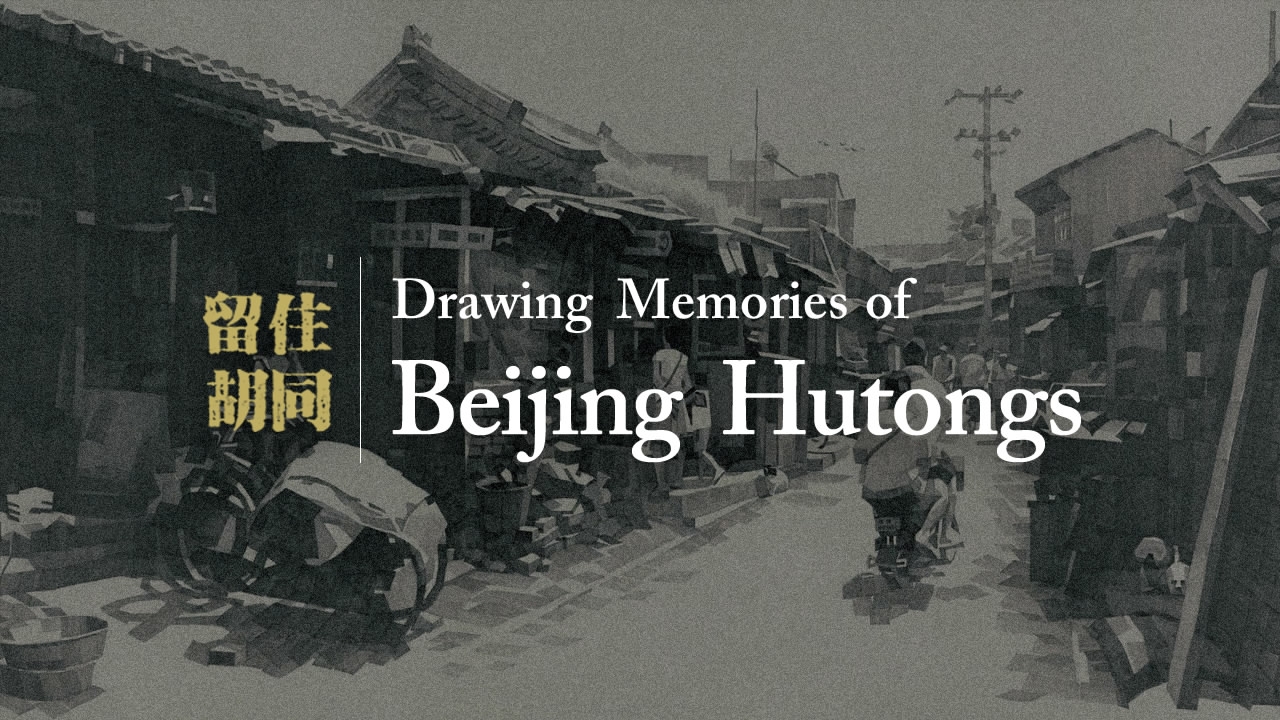
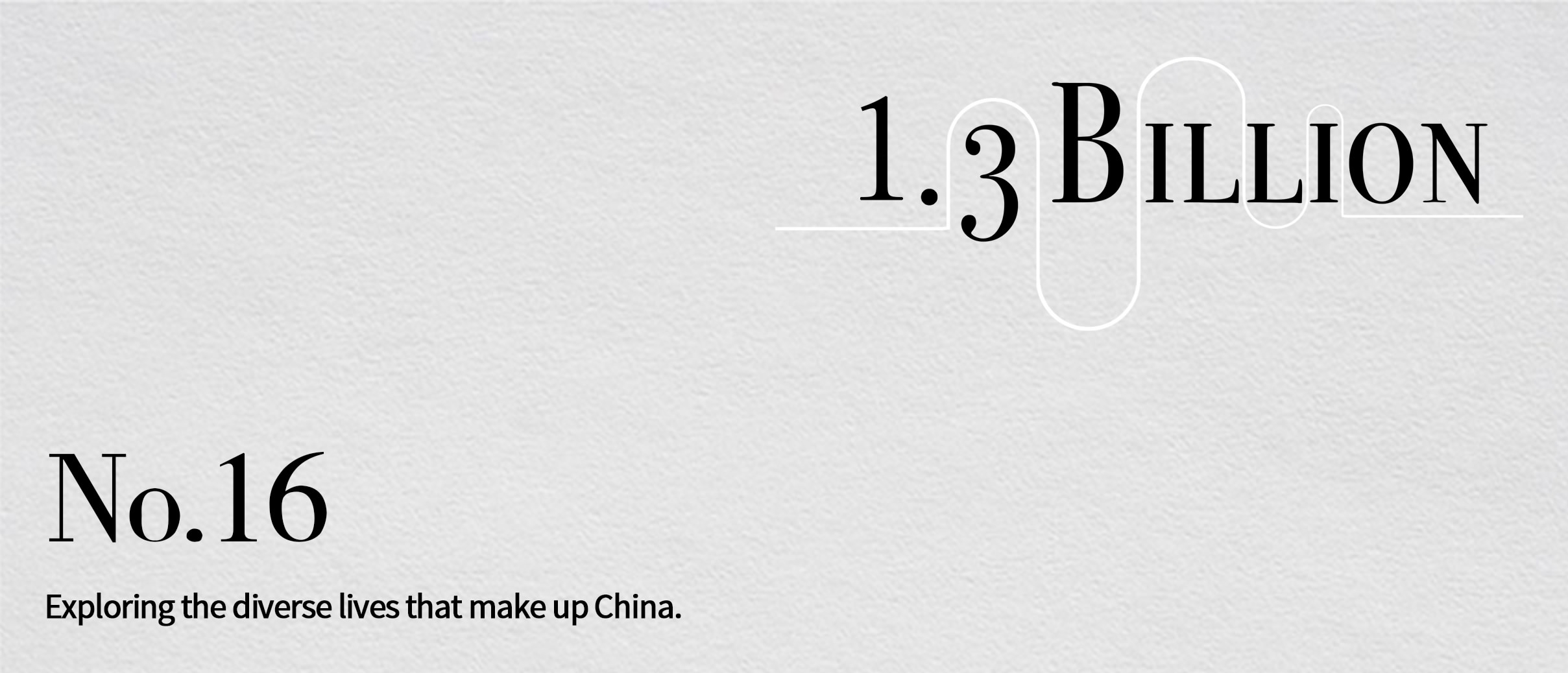
CGTN
CGTN
There are two colors that symbolize Beijing. Red is the color of the brick palaces within the Forbidden City and grey is the color of various Siheyuans (courtyard houses) that lie deep inside the Hutongs of Beijing. Common Beijingers had a very different lifestyle compared to that of aristocrats who lived in palaces. However, long and winding Hutongs correctly portrays the life of the commoners that lived in “Old Beijing.”
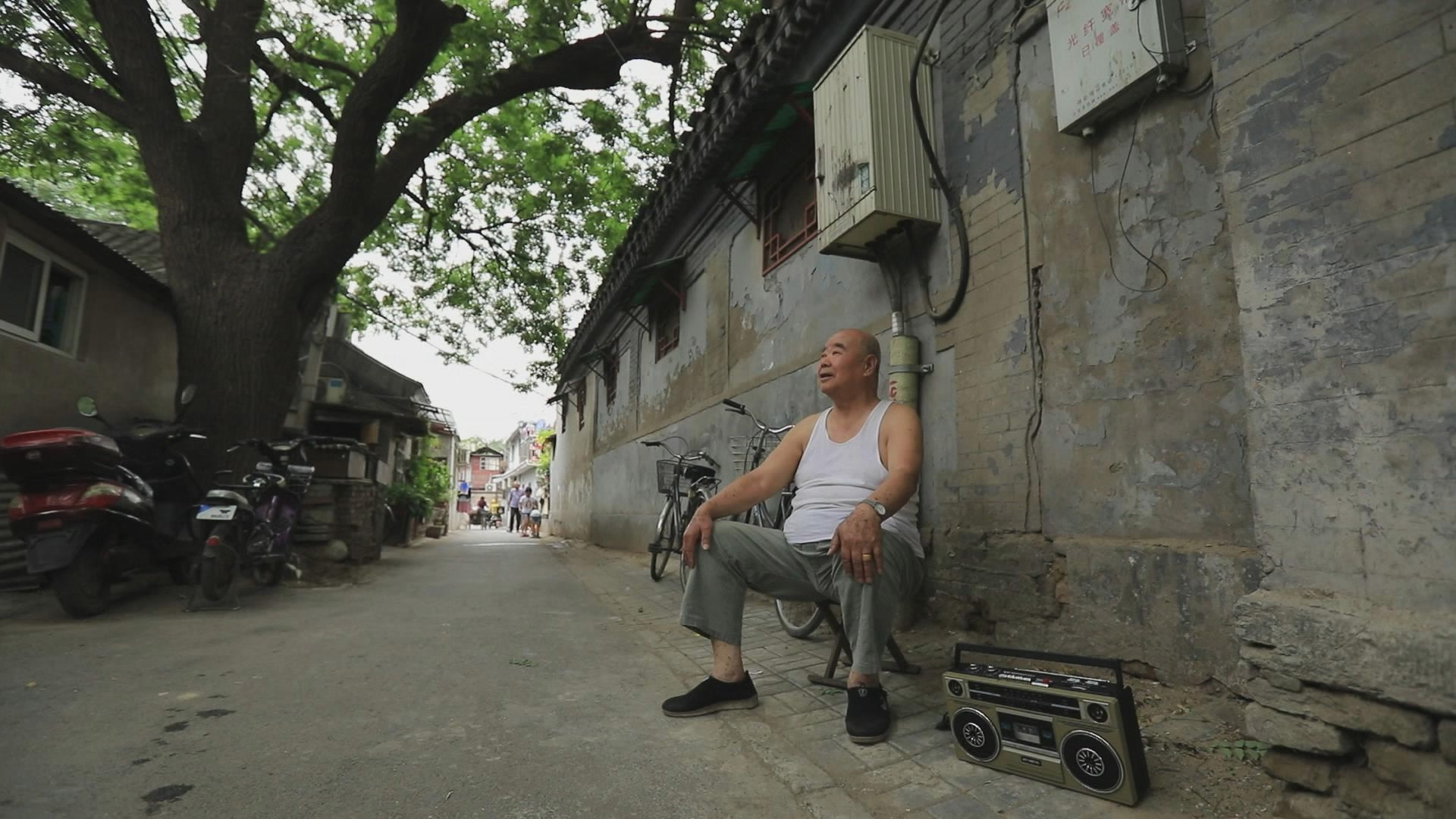
CGTN Photo
CGTN Photo
“There are about 3,600 Hutongs. Some of them have names, and others are nameless.” Hidden inside Hutongs are not only the daily lives of common Beijing residents, but also famous historical relics and the past glory of wealthy families. However, as time flies, many of these Hutongs are beginning to disappear.
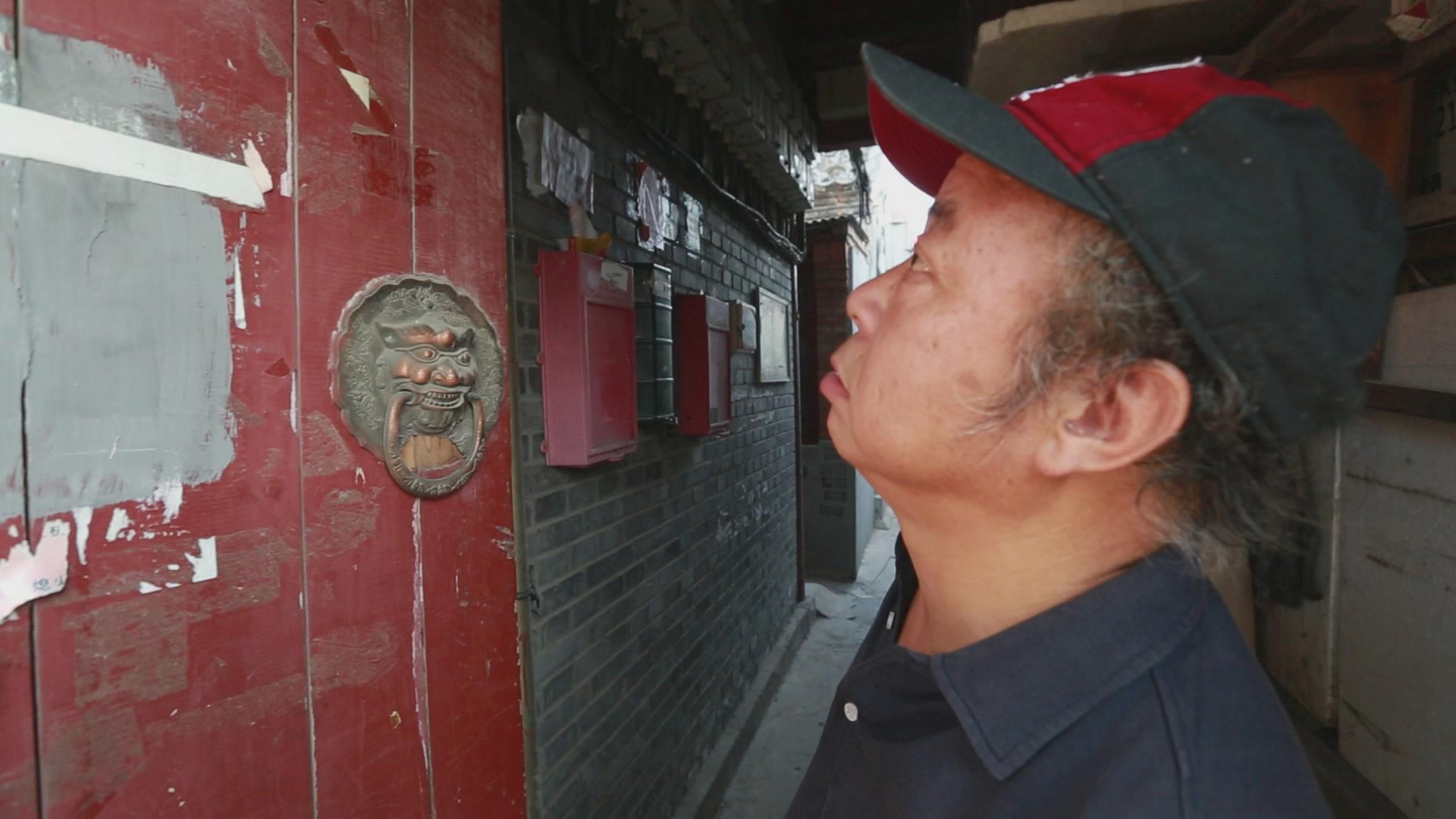
CGTN Photo
CGTN Photo
Artist Kuang Han, uses pencil sketches to recreate the Hutongs of Old Beijing.
Kuang Han was born in Yifeng, Jiangxi Province. After he graduated from the School of Fine Arts at Nanjing Normal University in 1989, he was assigned to live in Beijing. He lived in a Hutong when he first arrived here, and through time nurtured a deep emotional connection with Hutongs.
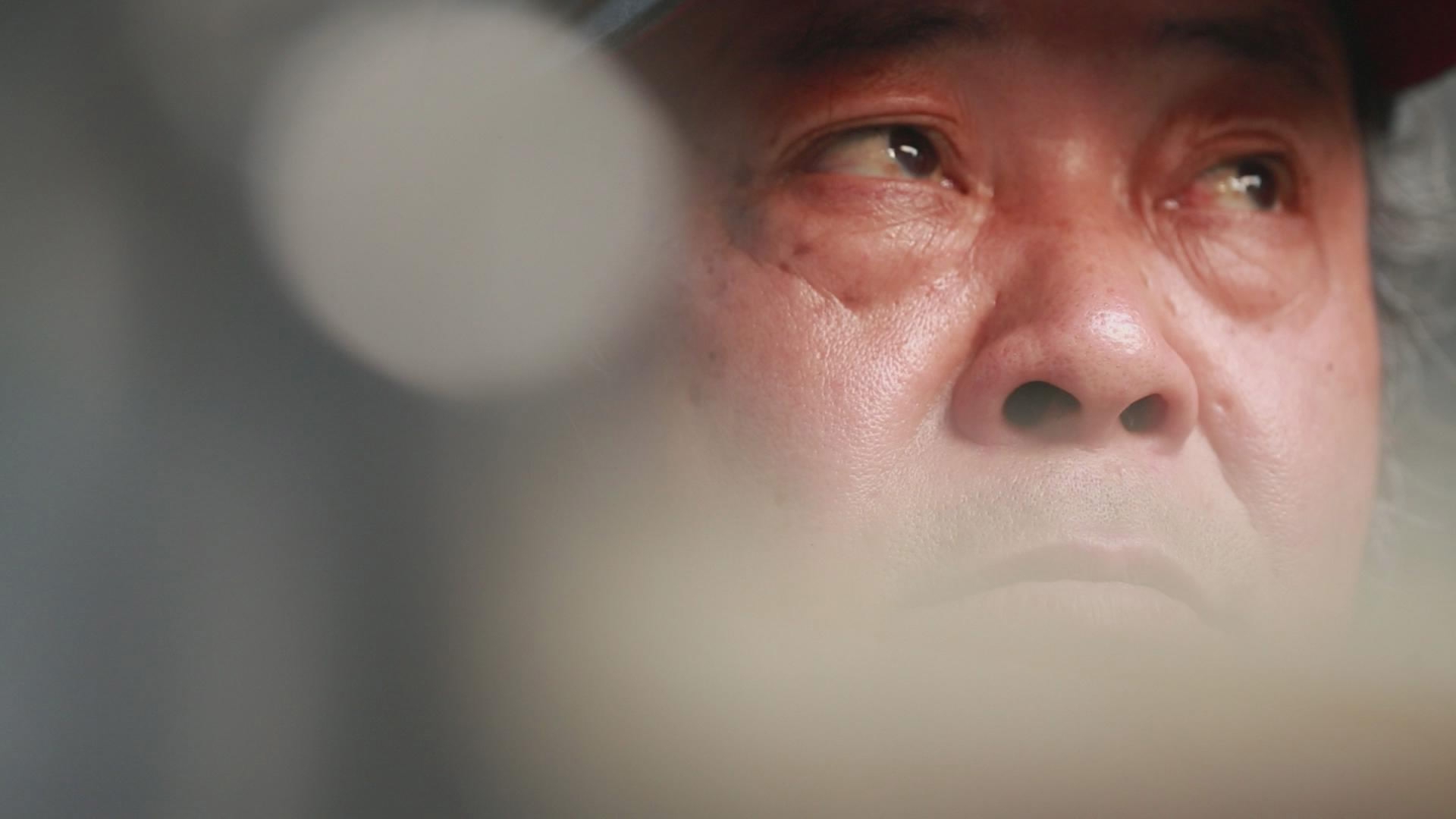
CGTN Photo
CGTN Photo
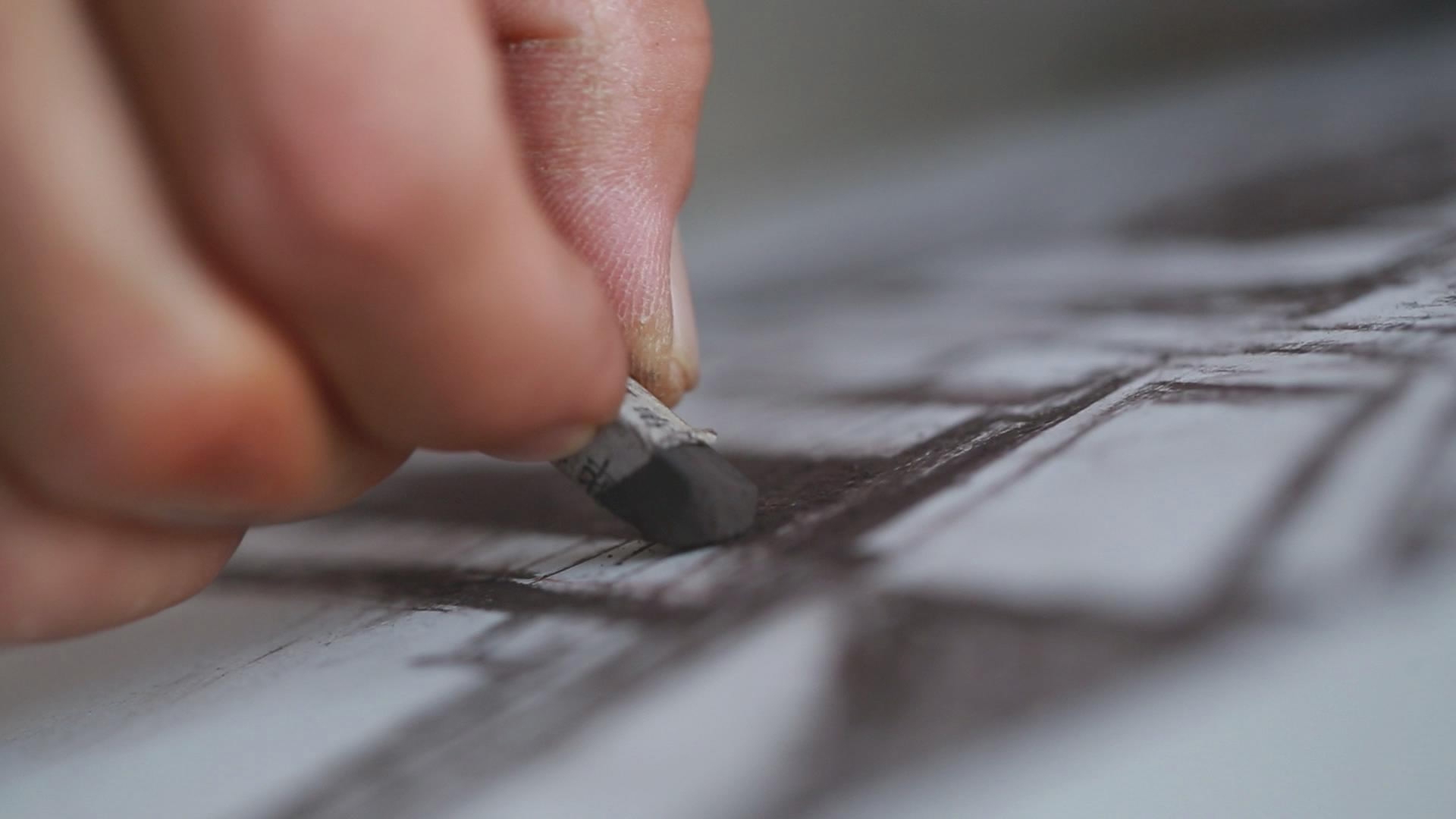
CGTN Photo
CGTN Photo
“Nothing in the world can compare with the culture of the Beijing Hutongs. Any Hutong you walk into, you’ll discover the stories that happened and the people that lived there, as far back as the Yuan and Qing Dynasties.”
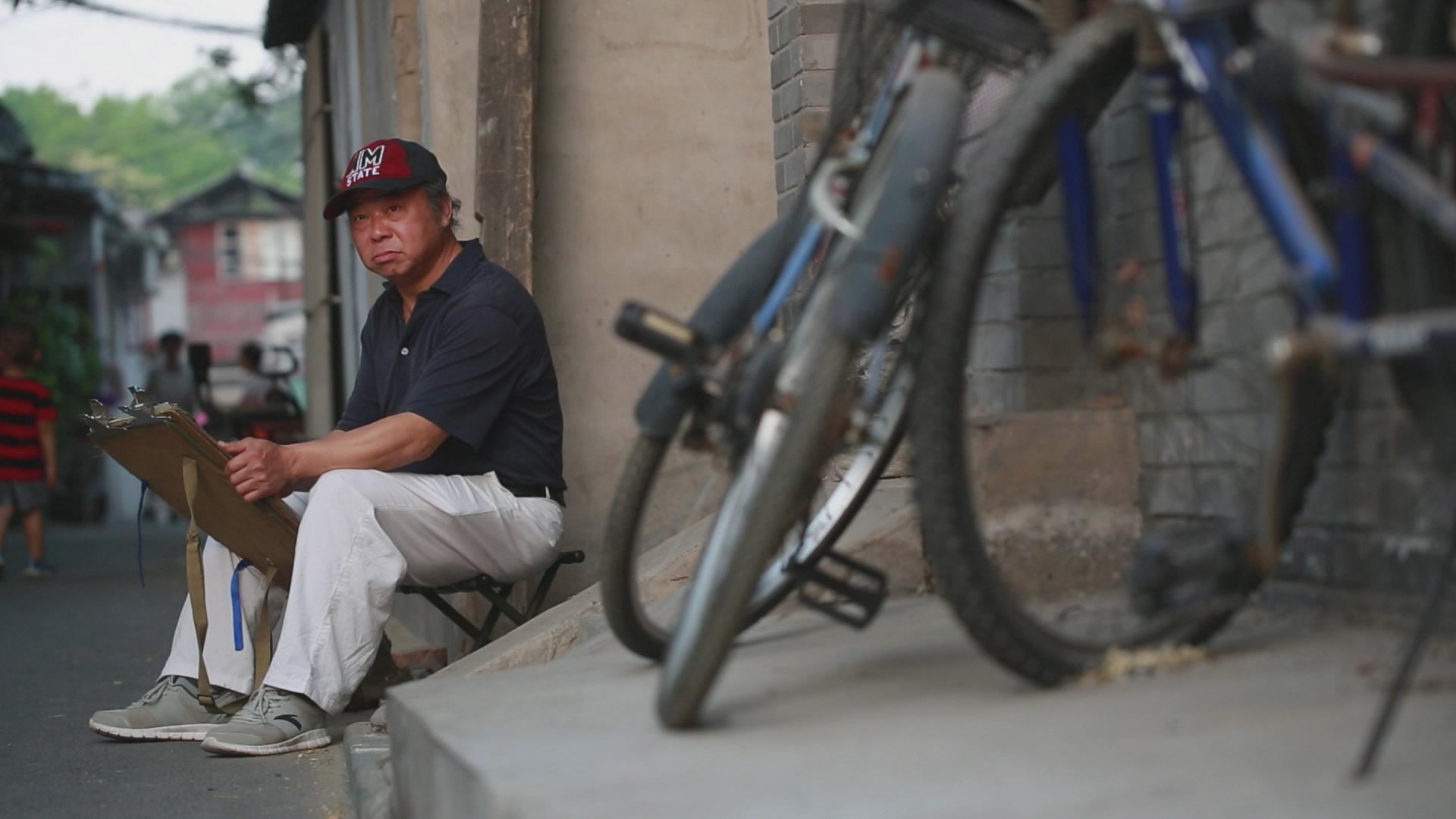
CGTN Photo
CGTN Photo
He would cruise through streets and alleys of Beijing in search for poetic sentiment and beauty of daily life. He sketches them with watercolors and pencils. Kuang Han has been recording the changes of Beijing Hutongs for more than a decade now. He has compiled over 3,000 pieces of over 500 Hutongs, and published two artistic collections: The Beijing Hutongs and The Disappeared Hutongs.
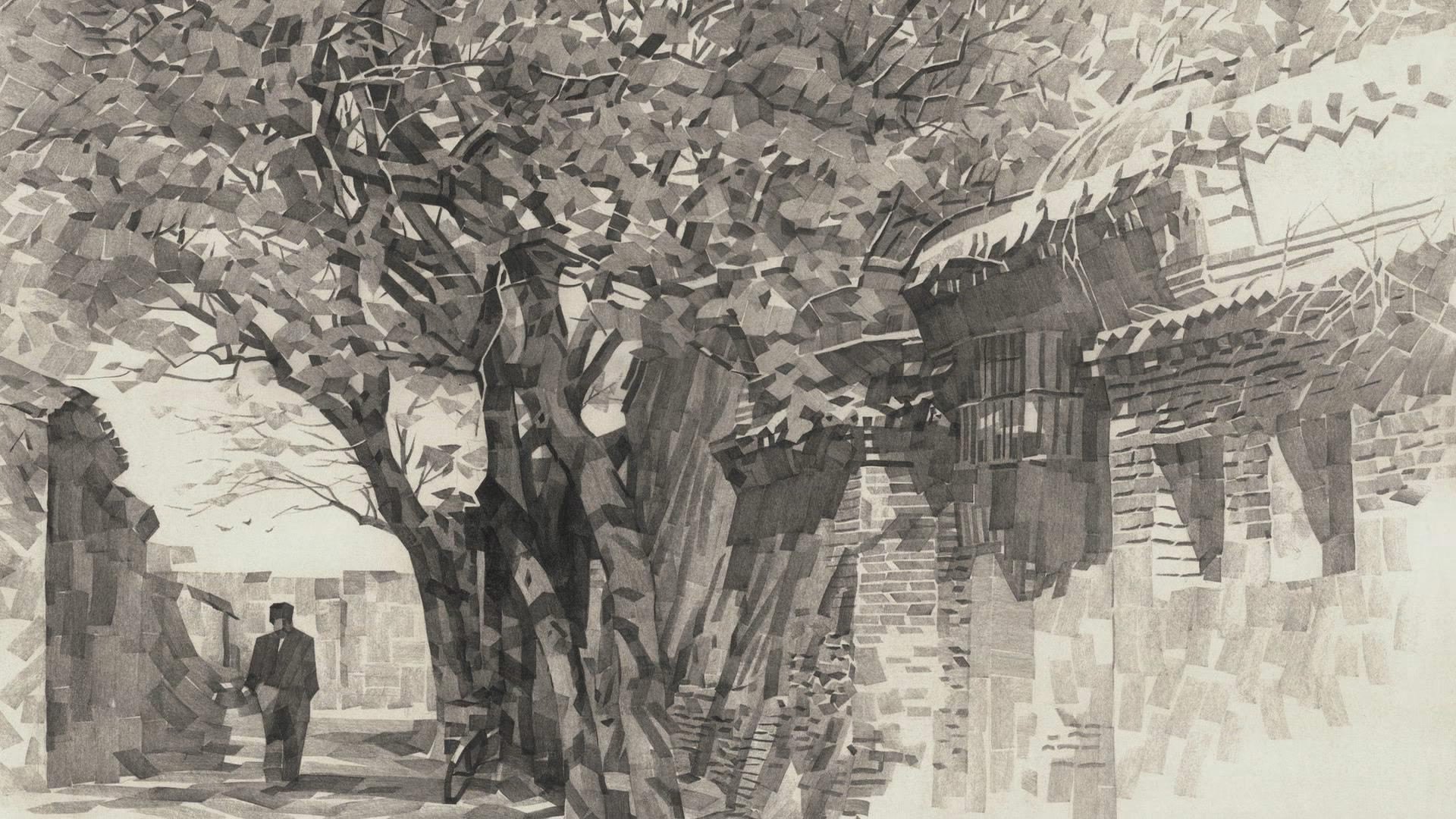
The Beijing Hutongs
The Beijing Hutongs
“There was a pomegranate tree, a hogwash bucket, a garbage bin, a mop and a broom by the door (of where I lived), so I painted them. That was my first Hutong painting. After I finished it, someone looked at the painting and said, 'Hey, you’ve made the hogwash bucket pretty.' To me, weaved baskets, goldfish bowls and blooming flowers are all inspiration. I ended up strolling up and down each Hutong, feeling their steady breaths as I did so."
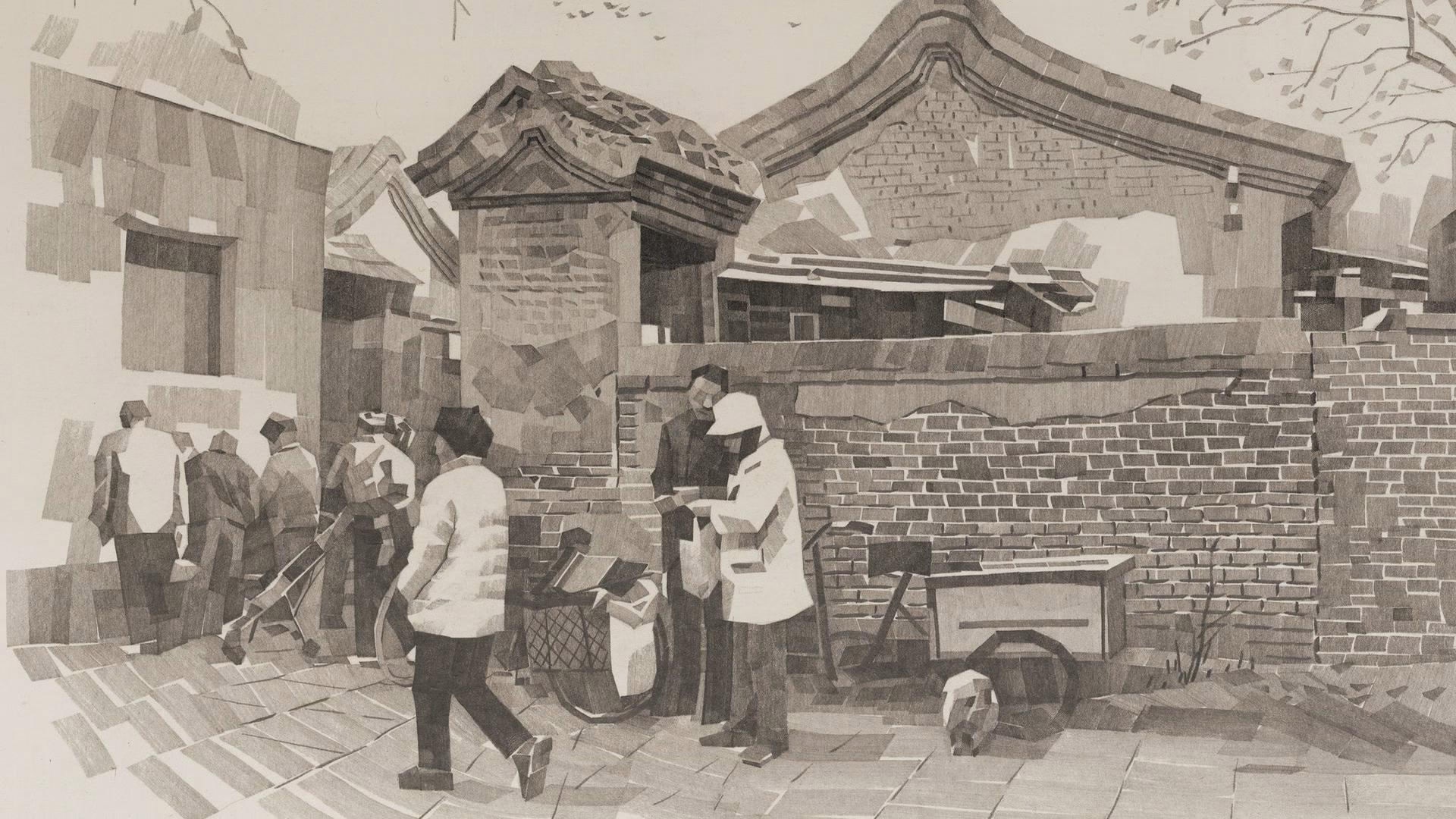
01/The Beijing Hutongs
01/The Beijing Hutongs
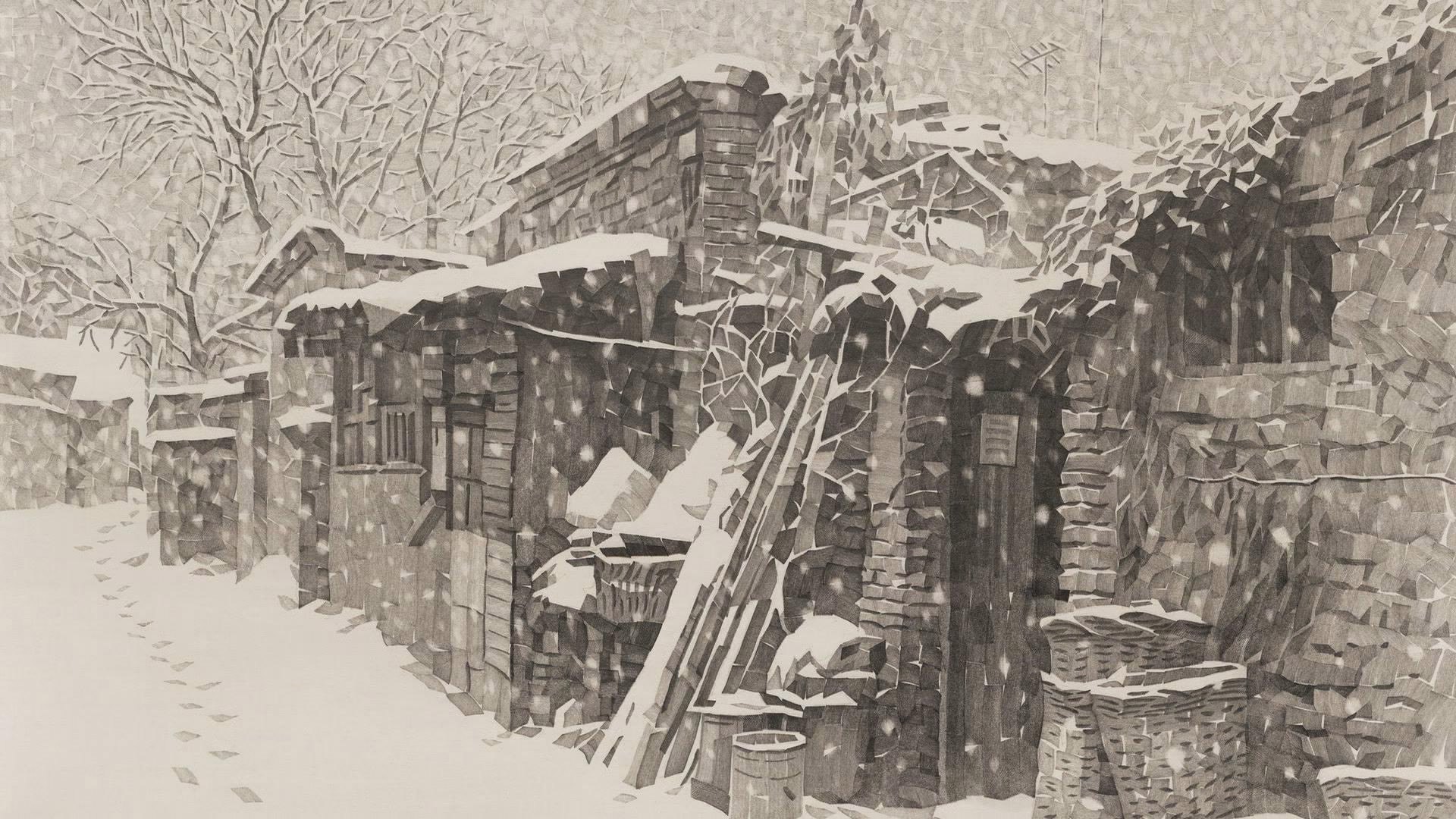
02/The Beijing Hutongs
02/The Beijing Hutongs
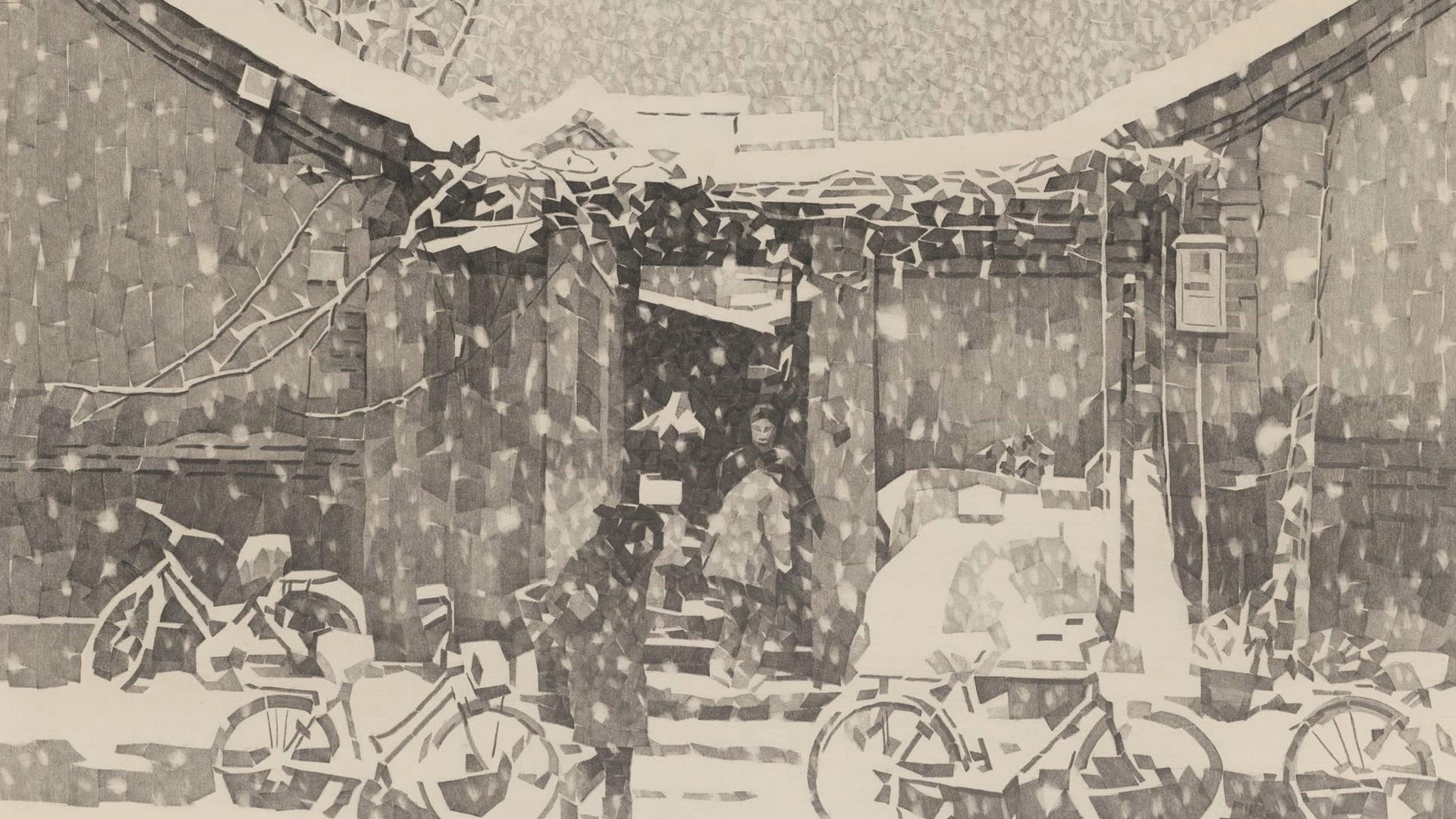
03/The Beijing Hutongs
03/The Beijing Hutongs
He uses pencils to recreate Hutongs on paper. Many consider his unique thick pencil sketches a splendid expression of Beijing Hutong charm. In the sketches, he blends lines and planes in dark, grey and light colors to create simple aspects of life, like the streets and Hutongs in Beijing City. The thick lines give the sketches a three-dimensional look, an effect commonly found in western oil paintings.
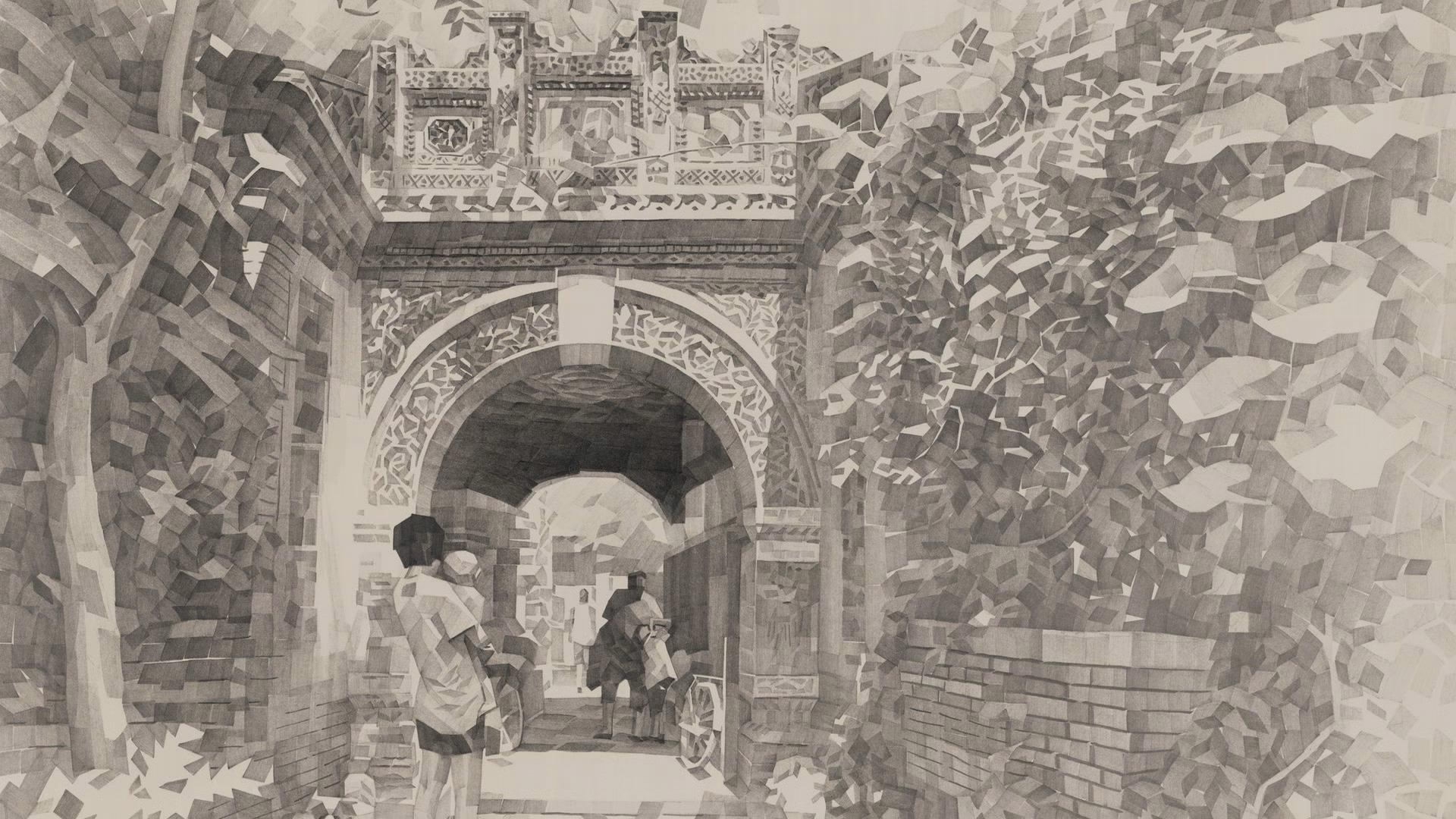
The Beijing Hutongs
The Beijing Hutongs
“In 2002, I held two consecutive exhibitions in Beijing. Something unexpected happened during one of the exhibitions: An elderly woman came up to me in tears and said, 'You preserved my house. I don’t even have a photo of our house, the house that I lived in.' In all honestly, my art is like a memento for people like her; I was able to help them find their way back home."
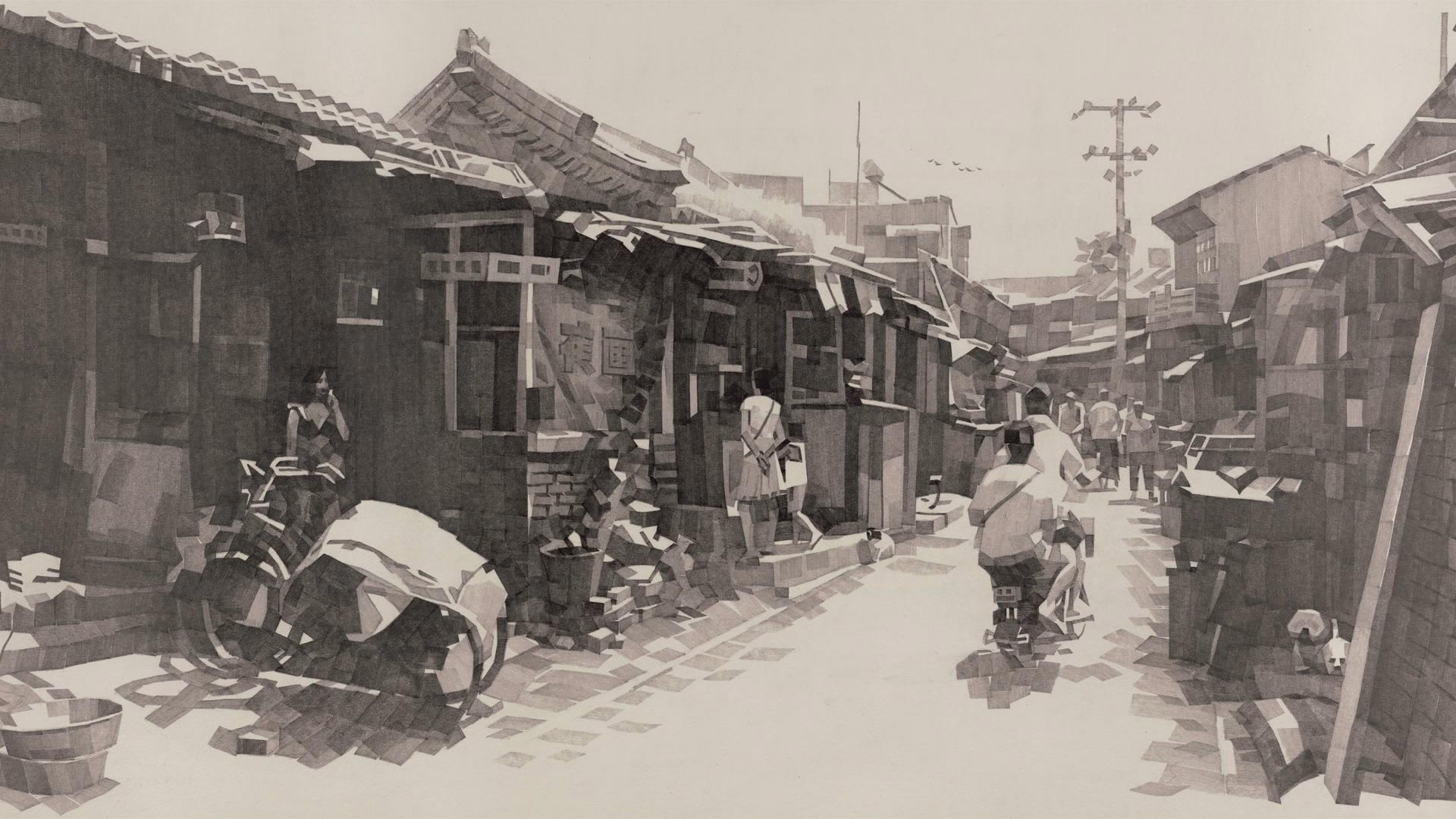
The Beijing Hutongs
The Beijing Hutongs
Kuang Han carries a camera and his drawing board every day. The weight of the equipment and his callused fingers did not stop him from drawing.
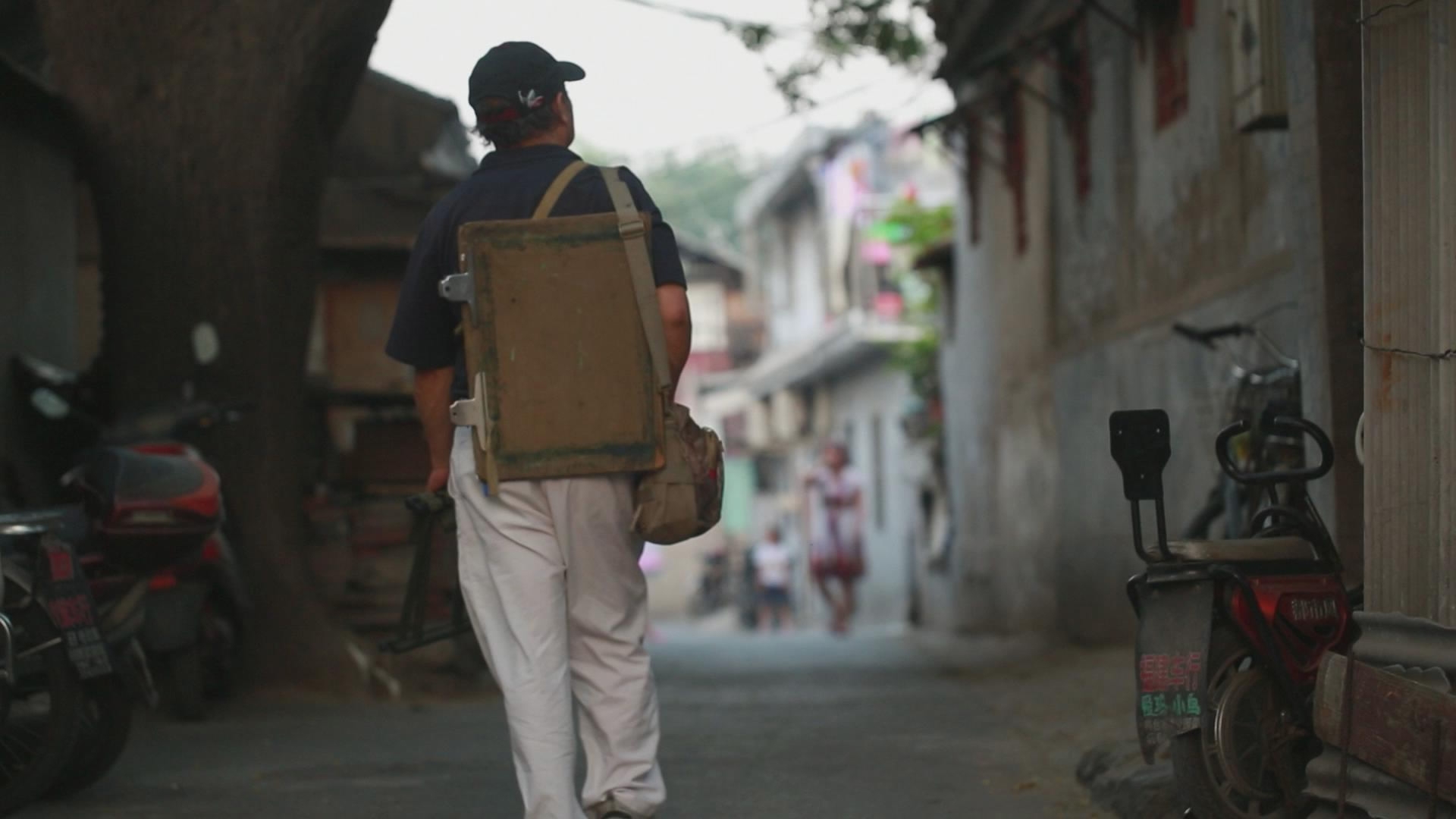
CGTN Photo
CGTN Photo
“I will paint and sketch for as long as I can. One day, when I can’t anymore, I will search for other forms of expression, but that won’t happen today.”
The days of Hutong have long gone, but fortunately Kuang Han has continued to document it with his art. He still uses his art to revive the Hutong culture of old Beijing.

CGTN Photo
CGTN Photo
According to figures, since 2011, The Beijing Municipal government has published 8 batches of Historical and Cultural Sites Protected at the National Level, encompassing a total of 357 Hutongs, including famous ones such as Shijia Hutong, Zongmao Hutong, Weijia Hutong.
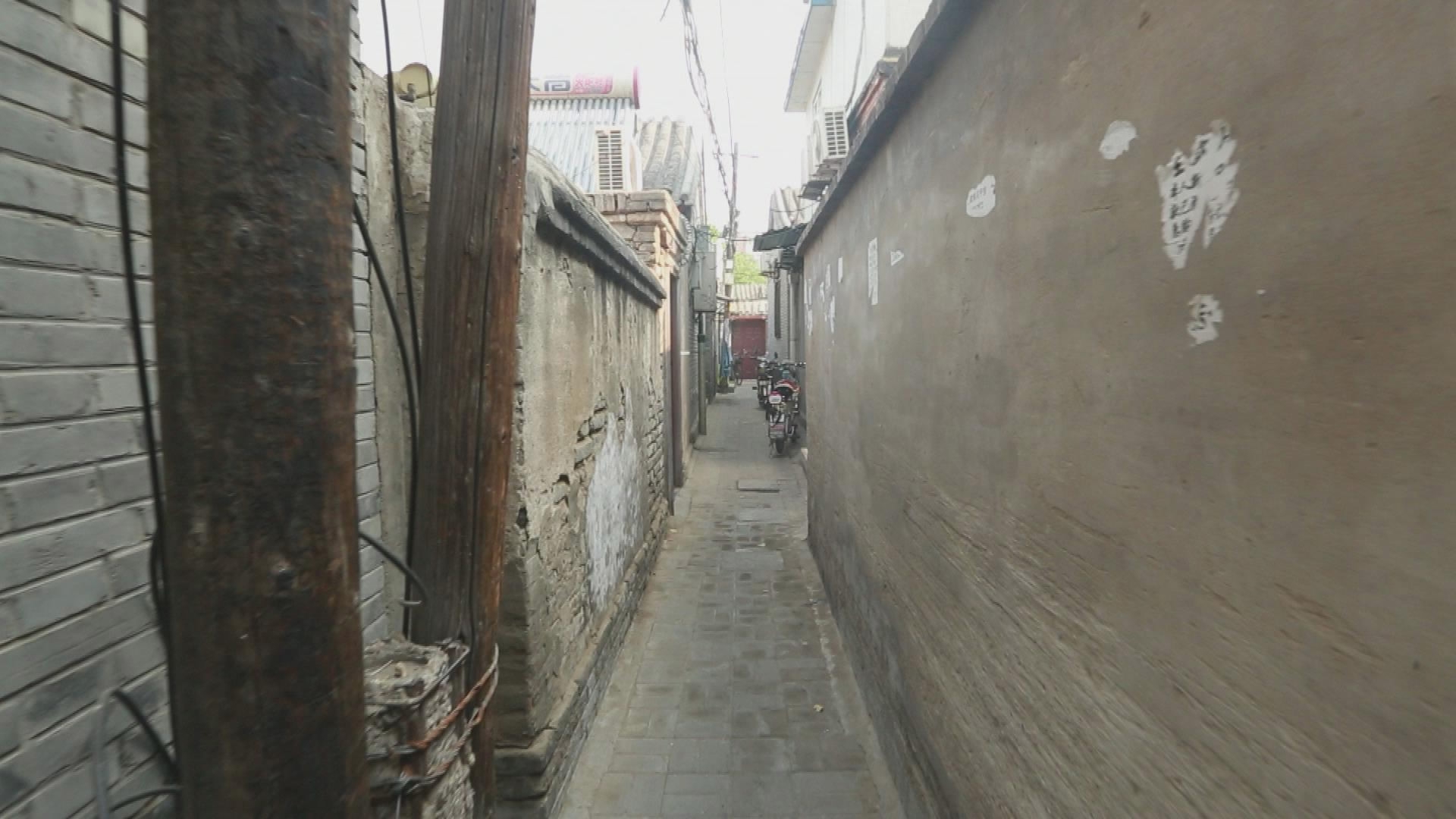
CGTN Photo
CGTN Photo
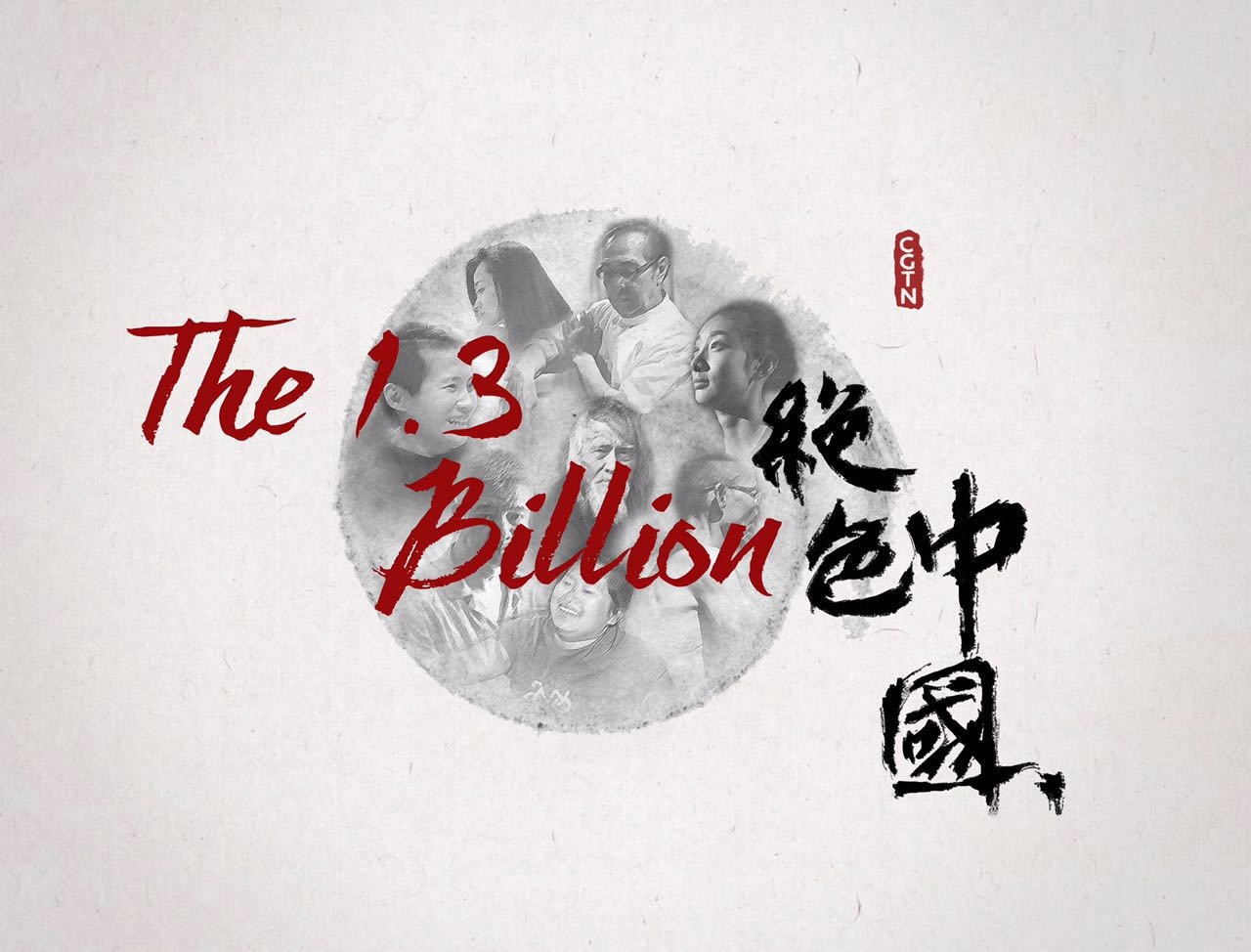
The story is one in "The 1.3 Billion" series exploring the diverse lives that make up China.
The story is one in "The 1.3 Billion" series exploring the diverse lives that make up China.

SITEMAP
Copyright © 2018 CGTN. Beijing ICP prepared NO.16065310-3
Copyright © 2018 CGTN. Beijing ICP prepared NO.16065310-3